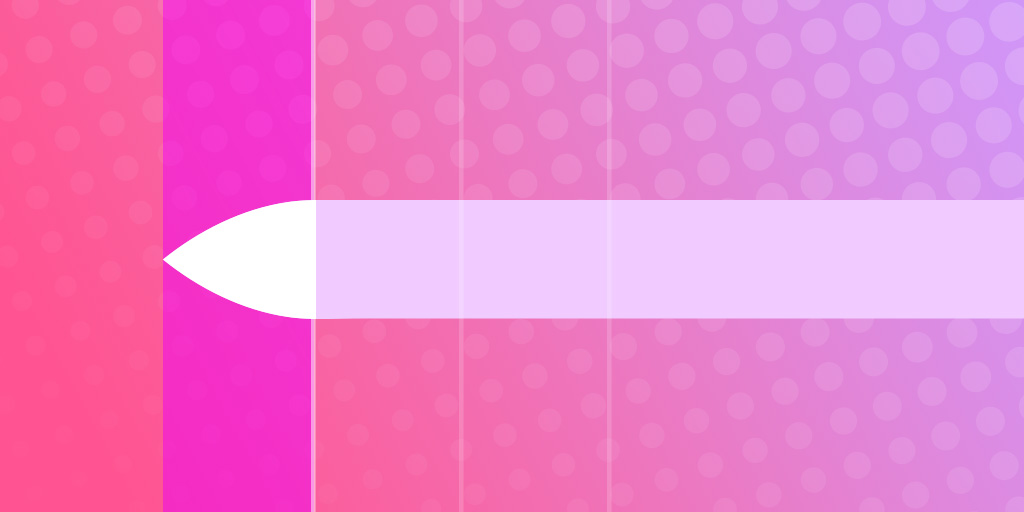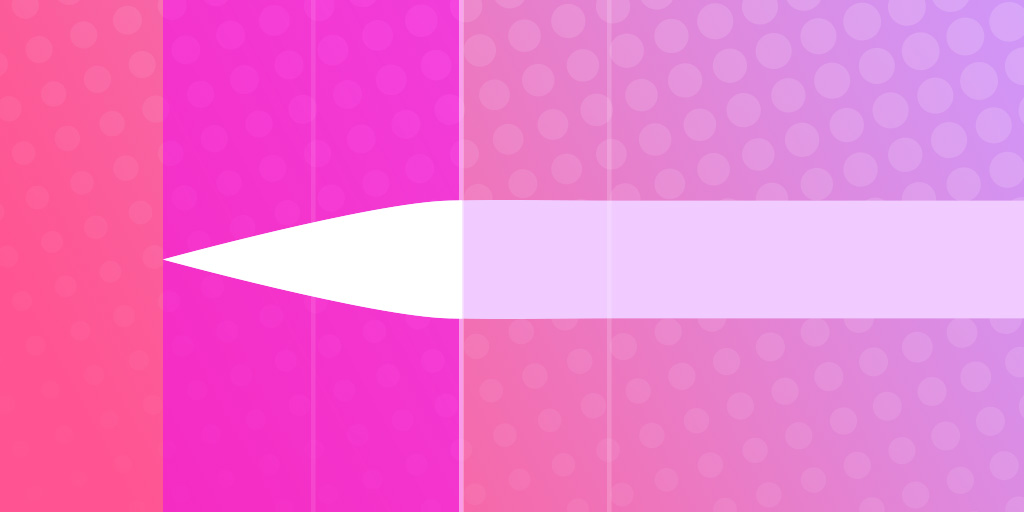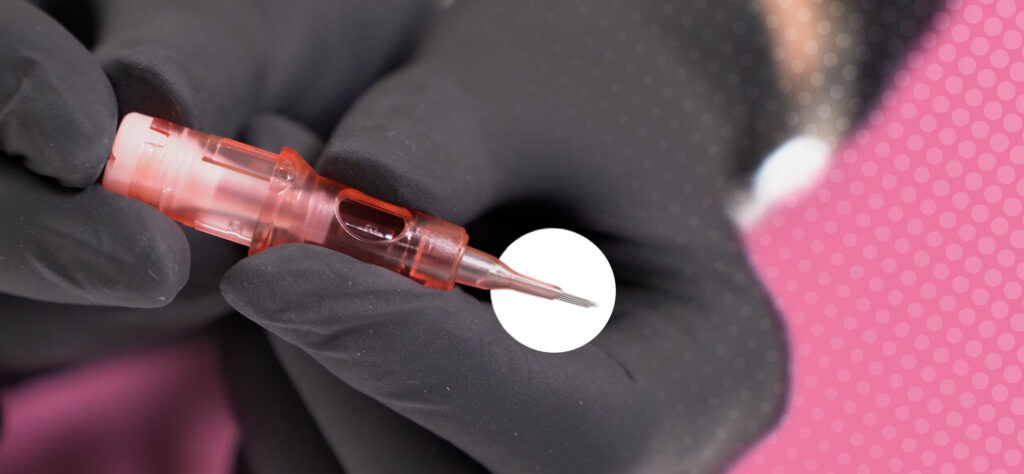Your Guide to Needle Tapers
When you’re choosing the cartridges to use for your permanent makeup treatments, how do you decide on taper length? This is a common struggle amongst permanent makeup artists and sometimes customers are not sure what needle taper refers to.
With most needles available in short to long options - with a few extra-long tapers along the way - here’s how to decide the right cartridge for your purposes!

What is needle taper?
The taper of your needle describes the length of the needle’s tip - as in, from where it starts to narrow down to the very tip of the point. Longer taper indicates that a needle is ‘sharper’ whereas a short taper may act blunter. It affects your work in two ways: in the pigment implantation, and in the size of the puncture (and therefore levels of trauma to the skin).
Why use a long taper?
A long taper creates more precise punctures, which causes less trauma to the skin, but the implantation of pigment may not be as effective. Long tapers are perfect for clients with sensitive skin or who have had previous PMU, where you want to minimise any trauma to the skin.
However, a longer taper may require multiple passes to saturate the skin to the desired level – so this should also be considered when minimising trauma.

Why use a short taper?
Short taper needles create larger punctures in the skin and are more effective in implanting pigment. They’re ideal for larger areas of skin that need pigment packing in fewer layers, and can be particularly useful for thicker, or tougher skin types.
If an artist is having difficulty getting pigment into the skin during a treatment, they might assess the needle taper as part of their troubleshooting – and swap to a medium or short taper to improve implantation.
Why use a medium taper?
To get the best of both worlds, of course! Students usually start with a long or medium taper, and then go on to learn how to use short tapers once their experience and confidence has grown. Medium tapers create a medium-sized puncture wound and have a moderate amount of ink flow, perfect for both lining and shading purposes.

Remember to always consider your taper length when deciding which needles to use, depending on your client’s skin, the treatment type, and your own level of experience! This is something that should be assessed on a case-by-case basis to ensure the tools you are using are the safest and most effective for your client.
There is no one size fits all for needle taper, configuration, diameter or size! Over time, artists will learn what works best for them, their technique and what adjustments to make to tailor each individual treatment to the client.
